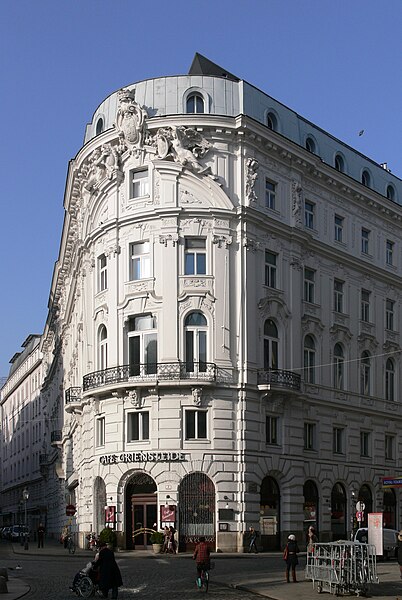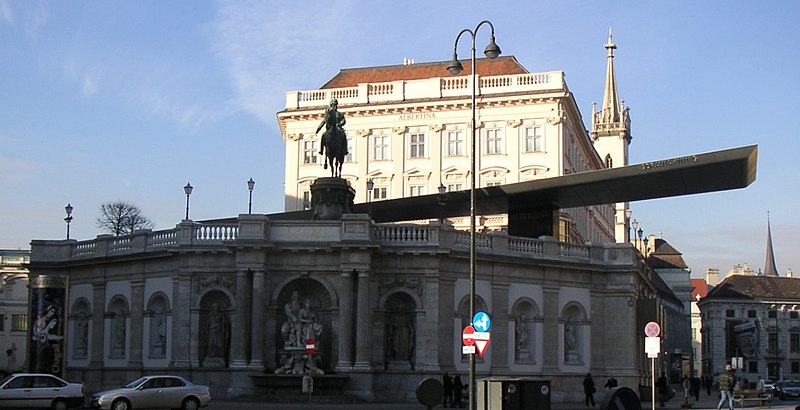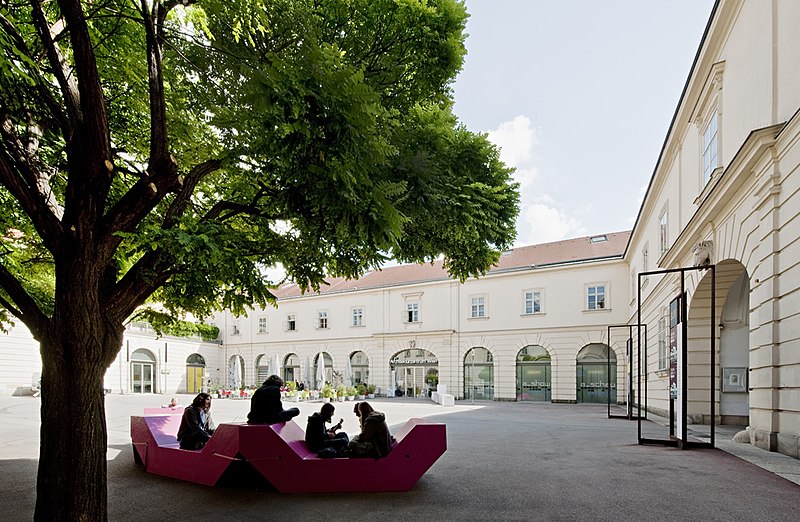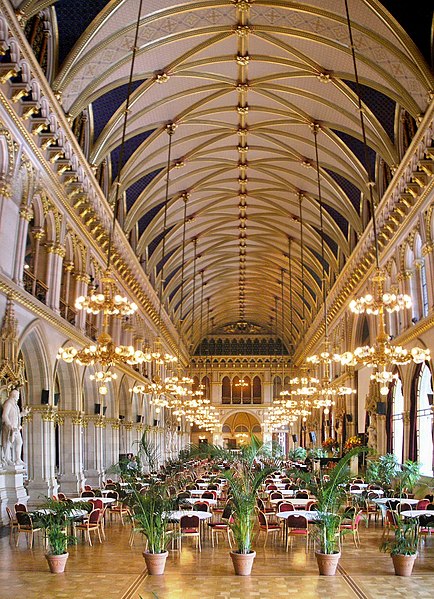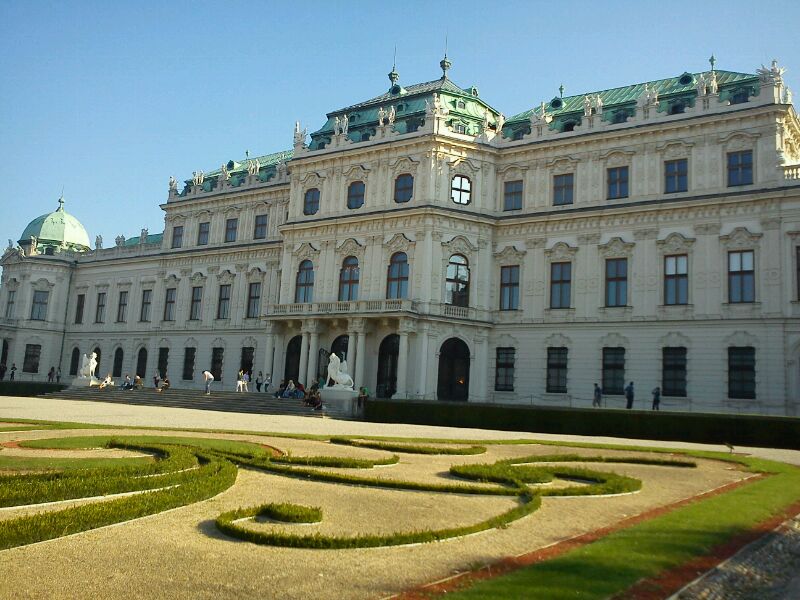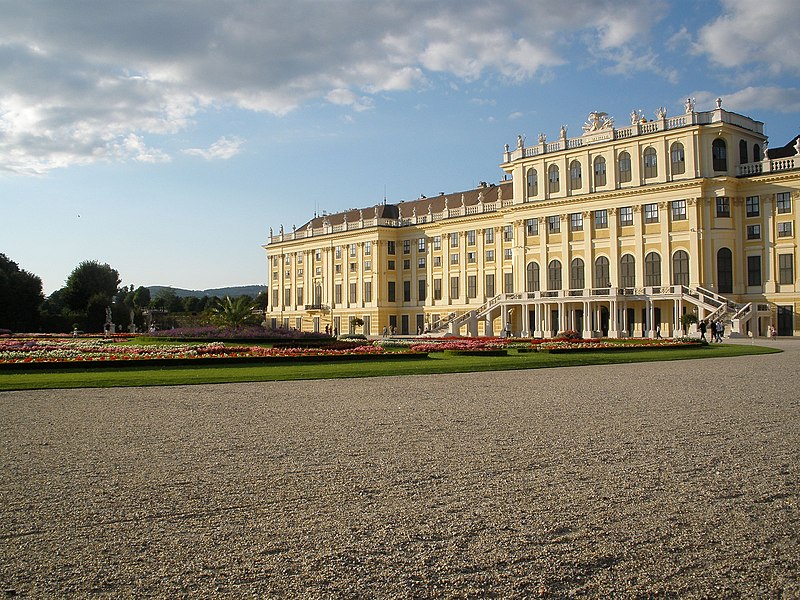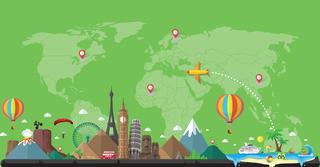The capital of Austria, Vienna is a city of romance. With its imperial palaces, cobbled streets, musical heritage, and coffee-house culture, Vienna is unique in its own ways.
Wien, Vienna
Built in the 13th century and expanded in the centuries since, the Hofburg is the former imperial palace in the centre of Vienna. It has been the seat of power of the Habsburg dynasty rulers, and today it is the official residence and workplace of the President of Austria. Since 1279 the Hofburg area has been the documented seat of government. The Hofburg has been expanded over the centuries to include various residences (with the Amalienburg and the Albertina), the imperial chapel, the imperial library, the treasury, the Burgtheater, the Spanish Riding School, and the imperial mews. It can be reached by subway U3 at Herrengasse Station.
The Imperial Treasury contains a valuable collection of secular and ecclesiastical treasures covering over a thousand years of European history. It is affiliated with the Kunsthistorisches Museum, and houses in 21 rooms a collection of rare treasures that were compiled by the Imperial House of Habsburg over the course of centuries, including the Imperial Crown, Orb, and Sceptre of Austria, and the Imperial Regalia of the Emperors and Kings of the Holy Roman Empire, including the Imperial Crown of the Holy Roman Empire.
It is the largest library in Austria, with 7.4 million items in its various collections. The institution has its origin in the imperial library of the Middle Ages. In 1722, Charles VI, Holy Roman Emperor authorized the construction of a permanent home for the library in the Hofburg palace. The library complex includes four museums, as well as multiple special collections and archives. Its museum collections encompass manuscripts, rare books, maps, globes, papyri, incunabula, old and precious prints, and music records.
Wien
The Vienna State Opera (Wiener Staatsoper) is an opera house with a history dating back to the mid-19th century. Completed in 1869, It was the first major building on the Vienna Ringstrasse. The Staatsoper is one of the busiest opera houses in the world producing 50 to 60 operas in a repertory system per year and ten ballet productions in more than 350 performances. It can be reached by subway U1, U2 or U4 at KARLSPLATZ Station.
The Museumsquartier (MQ) is a 60,000 m² large area containing Baroque buildings as well as Modern architecture. The MQ is home to a range of installations from large art museums like the Leopold Museum and the Museum of Modern Art to contemporary exhibition spaces like the Kunsthalle Wien and festivals like the annual summer event Wiener Festwochen. Additional highlights include the Tanzquartier, an international, state-of-the-art centre for dance, and the Architekturzentrum Wien, production studios for new media, artist studios for artists-in-residence.
Often referred to as the "Museum of Fine Arts", it is an art museum housed in its festive palatial building with an octagonal dome. The inside of the building is lavishly decorated with marble, stucco ornamentations, gold-leaf, and paintings. Opened around 1891, it is the largest art museum in the Austria. The museum's primary collections are those of the Habsburgs, particularly from the portrait and armour collections of Ferdinand of Tirol, the collections of Emperor Rudolph II, and the collection of paintings of Archduke Leopold Wilhelm, of which his Italian paintings were first documented in the Theatrum Pictorium.
Completed in 1883, it is where the two houses of the Austrian Parliament conduct their sessions. Since its construction, the Parliament Building has been the seat of these two houses, and their successors—the National Council and the Federal Council—of the Austrian legislature. The architecture is of neo-Greek style, which was popular during the 19th century Classic revival. The Athena Fountain in front of the Parliament and the female statues above represent the legislative and executive powers of the state. The Parliament is one of the most visited tourist attractions in Vienna.
Wiener Rathaus is the city hall of Vienna. Constructed from 1872 to 1883 in a Neo-Gothic style, it houses the office of the Mayor of Vienna as well as the chambers of the city council and Vienna Landtag diet. The design of the richly adorned facade is modelled on the Gothic architecture of Flemish and Brabant secular buildings like the Brussels Town Hall. The structure is arranged around seven inner-courtyards and with a space spread over six floors and two basements with 1,575 rooms.
Wien
Completed in 1737, Karlskirche (St. Charles's Church) is a baroque church and is widely considered the most outstanding baroque church in Vienna, as well as one of the city's greatest buildings. Since the restoration in the late 1980s, Karlskirche has garnered fame due to its dome and its two flanking columns of bas-reliefs. It can be reached by subway U1, U2 or U4 at Karlsplatz Station.
The Belvedere is a historic building complex in Vienna, Austria, consisting of two Baroque palaces (the Upper and Lower Belvedere), the Orangery, and the Palace Stables. The grounds are set on a gentle gradient and include decorative tiered fountains and cascades, Baroque sculptures, and majestic wrought iron gates. The Baroque palace complex was built as a summer residence for Prince Eugene of Savoy. The Belvedere was built during a period of extensive construction in Vienna, which at the time was both the imperial capital and home to the ruling Habsburg dynasty. As one of Europe's most stunning Baroque landmarks, it is listed as a UNESCO World Heritage Site.
This museum houses the greatest collection of Austrian art dating from the Middle Ages to the present day, complemented by the works of international artists. At the Upper Belvedere, visitors not only encounter artworks drawn from over five hundred years of art history but can also experience the magnificent staterooms. The world's largest collection of Gustav Klimt's paintings lies at the heart of the presentation at the Upper Belvedere. Its highlights are notably The Kiss (1908/09) and Judith (1901), and masterpieces by Egon Schiele and Oskar Kokoschka. Key works of French Impressionism and the greatest collection of Viennese Biedermeier art are further attractions at the museum.
A former imperial summer residence, the 1,441-room Baroque palace is one of the most important architectural, cultural, and historical monuments in the country. The history of the palace and its vast gardens spans over 300 years, reflecting the changing tastes, interests, and aspirations of successive Habsburg monarchs. The complex includes many attractions: the Tiergarten, an orangerie erected around 1755, staple luxuries of European palaces of its type, a palm house, sculptures representing deities and virtues, a maze, the Gloriette, and Roman Ruins.














